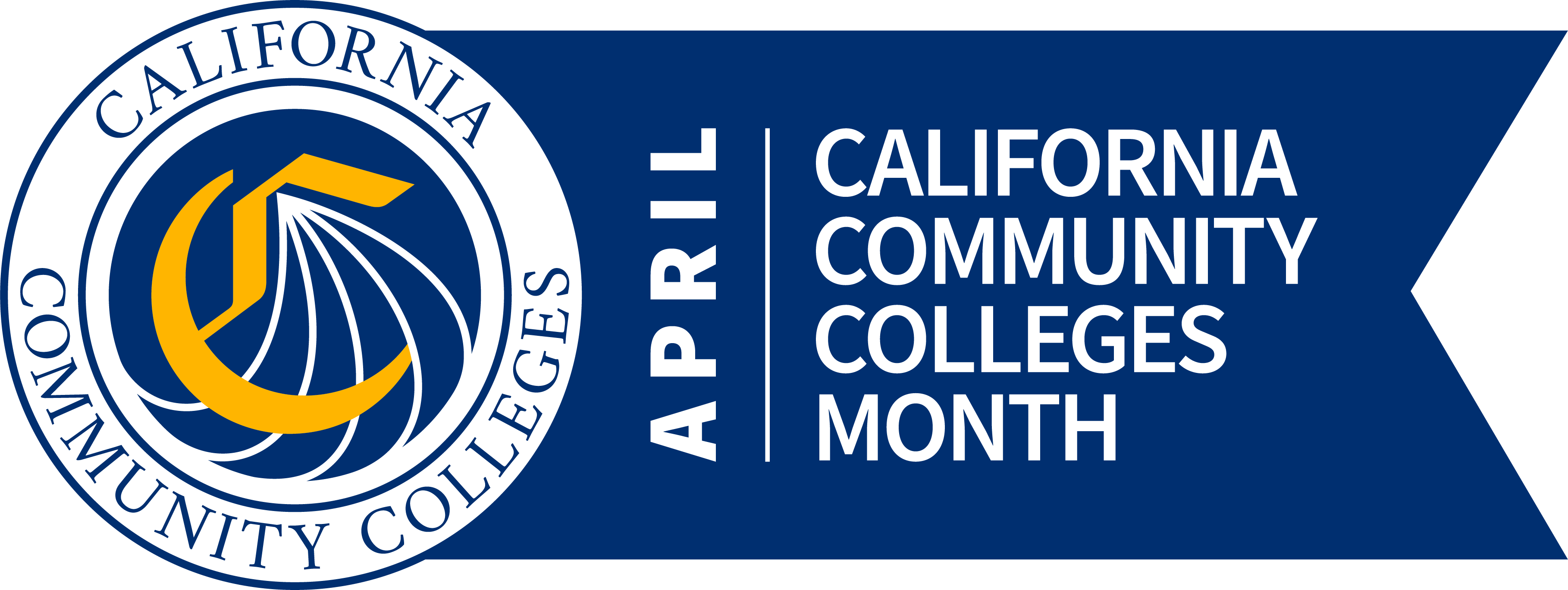One of the winningest football coaches in the California Community Colleges can teach us a lot about implementing the Vision for Success – the playbook, if you will, for an extended campaign to increase success and equity for 2.1 million students.
Riverside City College Football Coach Tom Craft’s squad doesn’t have a state-of-the-art training facility. The weight room looks like a throwback to junior high school. There isn’t a classroom big enough near the football field to hold a meeting with the entire team, and many student athletes grapple with hunger, housing insecurity and juggle multiple jobs.
Yet, season after season, the Riverside City College Tigers are perched high in the standings, on the prowl for another conference title. But football titles are a just happy byproduct to the bigger prizes that coach Craft is after: student completion and transfer to four-year colleges and universities.
Here’s what his program and successful teams of all kinds share: A supportive administration, dedicated faculty, a commitment to provide students with the academic support they need to succeed, nimble and caring staff that finds creative ways to help out with students’ most basic needs, including food. And they all have buy-in and shared commitment to a master plan and common set of goals.
Shared commitment to student success and equity is what drove a recent process that led to the development of the California Community Colleges systemwide budget request for 2020-21. The budget request, which the Board of Governors has forwarded to Gov. Gavin Newsom, is a farsighted set of recommended investments that will advance the goals of the Vision for Success, which sets forth bold goals and commitments to improve student outcomes and eliminate achievement gaps.
Through the participatory governance process, constituent groups and stakeholders from all corners of our system made recommendations, debated priorities, policy considerations, politics and financial realities. They came to a consensus of what the Chancellor’s Office advocacy should focus on in the next year.
Top among the proposals is adequate funding to meet the basic requirements of our new funding formula and obligations that our colleges have. On a per student basis, community colleges are funded lower than any other segment of public education, and to achieve the Vision for Success, we must be able to increase funding for our deserving students.
Once again, our sights will be set on reforming the state’s primary financial aid system, the Cal Grant program, so that it more equitably supports community college students. Financial aid should be linked to the total cost of attendance, not just tuition and fees. This includes housing, food, transportation and supplies. We made substantial inroads last year in building a coalition and advocating for Cal Grant reform through SB 291 (Leyva), and we will continue this advocacy on behalf of our students.
Additionally, there is a proposal to help improve diversity, equity and inclusion in the faculty ranks within the community college system, which is critical to student success and achieving the Vision for Success goals. I’m proud of the work that the Board of Governors, Chancellor’s Office, faculty leaders and participatory governance groups did to move this forward.
Other proposals center on making textbooks more affordable for students, support for part-time faculty, expansion of mental health services for students and expanded educational programs for incarcerated students as well as facilities improvements.
In the months ahead, the team that helped craft this framework for improvement will work together to advance these shared priorities with the goal of notching a big win for students.

